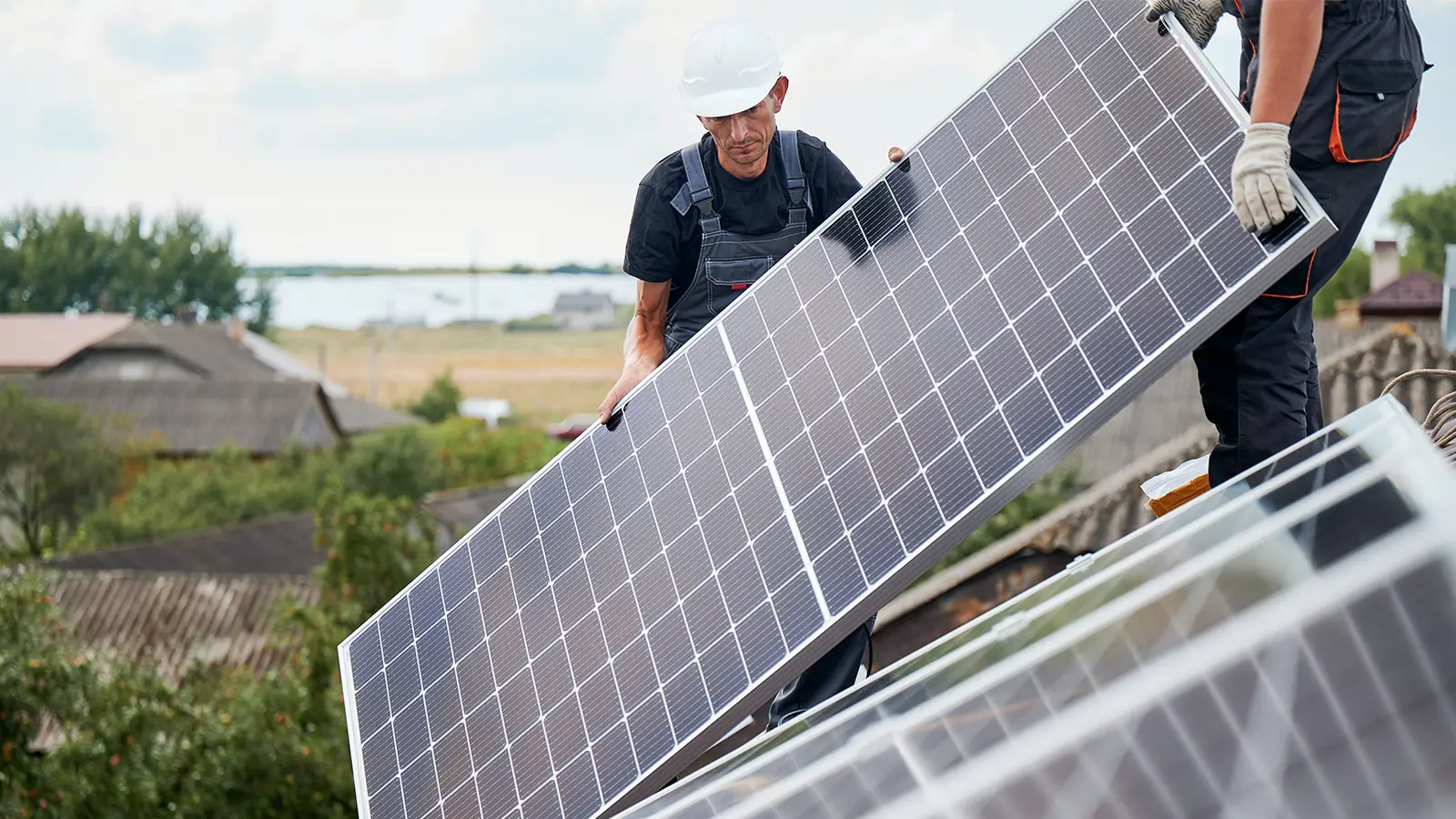Key Considerations for Solar Panels in Australia | Top Renewable Energy Solutions
As renewable energy uptake increases in Australia, installing solar panels has become an attractive alternative for homeowners and businesses. Still, it’s essential to have good information before venturing into the world of solar in the 21st century. This blog outlines ten things you need to know before installing solar panels in Australia, covering both the residential and commercial solar sides of the story.
1. Understand Your Energy Needs
Before investing in a solar system, consider your energy usage. Understanding your energy needs helps you determine what size and type of solar installation is right for your residential or commercial property. Consider past electricity bills and potential future increases in energy demand.
2. Choose the Right Solar System
Different solar panel systems exist, such as grid-tied, off-grid, and hybrid. Determine which method fits your goals. Grid-tied systems are connected to the power grid, while off-grid systems operate independently. Hybrid systems combine the advantages of both. Choose the one that best fulfils your specific needs.
3. Find the Best Solar Installations in Australia
Choosing a reputable solar installation company is of utmost importance. Evaluate and compare solar installations, considering experience, customer reviews, and testimonials. Look for companies specialising in residential and commercial installations. The best solar installations in Australia prioritise quality, efficiency and customer satisfaction.
4. Find Government Incentives and Discounts
The Australian Government offers various incentives and discounts for solar approvals. Existing research programs include the Small-Scale Renewable Energy Scheme (SRES) for residential construction and commercial solar resupply projects. These incentives can significantly help you reduce the cost of installing your solar panels.
5. Consider Your Solar Panels' Orientation and Rotation
The performance of solar panels depends on the slope and slope. Roads should generally face north to capture maximum sunlight in the southern part of the land. In addition, the tilt angle should be optimised based on your location's latitude. Understanding these factors can lead to optimal energy.
6. Check the Fit of Your Roof
Determine the condition of your roof and its suitability for installing solar panels. Consider the roof orientation, space, shade, and structural integrity. A professional inspection by a solar installation company can help determine the feasibility and potential challenges of installing solar panels on your roof.
7. Budget Maintenance Costs
Although solar panels are known to be maintenance-free, they must be inspected periodically to ensure they are working correctly. Calculate a budget for routine maintenance costs, including cleaning, inspection and repairable maintenance. Regular maintenance extends system life and maximises energy production.
8. Understand Warranty and Product Quality
Investigate the warranty provided by both the solar panel and the installation company. High-quality panels usually have an extended warranty, reflecting the manufacturer’s confidence in their product. Choose reputable products known for their durability and performance, and ensure that the installation company provides full warranties for their work.
For more information, visit https://www.yumaenergy.com.au/blog/10-important-things-to-consider-before-you-start-installing-solar-panels-in-australia



Comments
Post a Comment